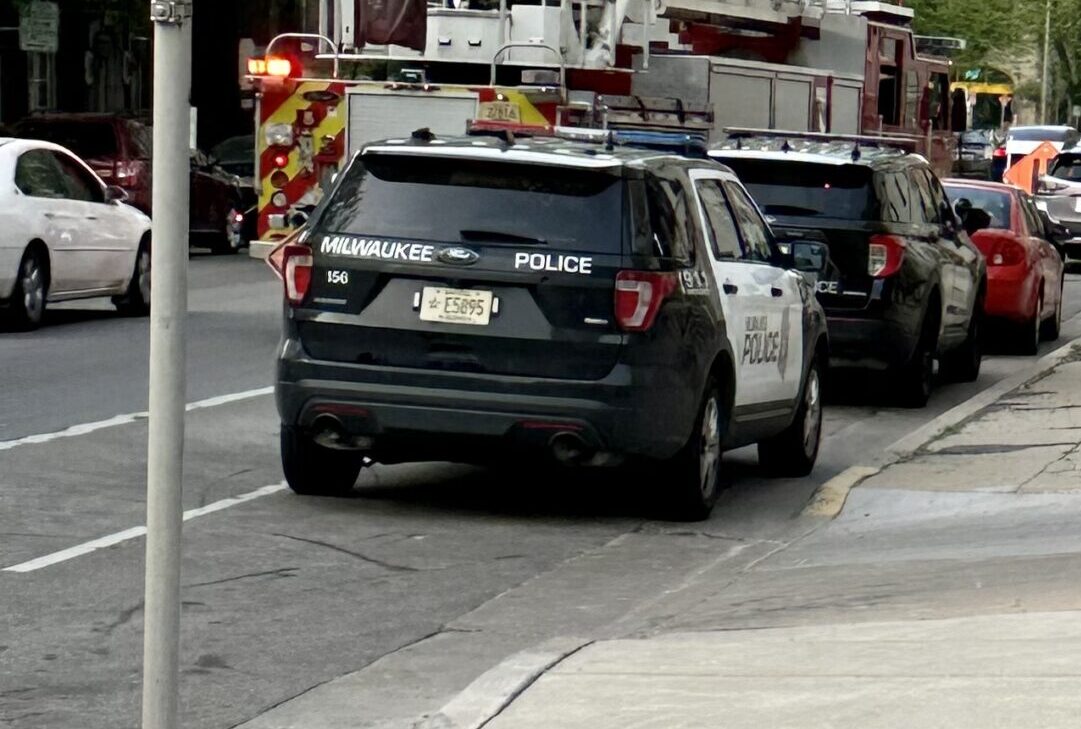Reconfinement Case Analysis
By: dmc-admin//December 25, 2006//
The most noteworthy aspect of the decision is that, even though the court affirmed the reconfinement sentence, it arguably would not do so, on identical facts, in a future case.
Before finding that the circuit court articulated sufficient reasons for its sentence, it qualified its holding with the following language: “Since this court has not, until now, set forth any guidance as to the factors that circuit courts should consider in making reconfinement decisions, we hold that the circuit court, in this case, did not erroneously exercise its discretion when it ordered Brown to return to prison for three years.”
The statement implies that, at future reconfinement hearings, more will be expected.
Also noteworthy is that, although the court affirms the court of appeals, it rejects the court of appeals’ conclusion that a reconfinement hearing is always to be treated “as a continuum of the first [sentencing].”
Under the Supreme Court’s analysis, the “continuum” analysis only applies if the same judge presides at both the original sentencing and the reconfinement hearing.
However, the court doesn’t explain what it means by “continuum.”
The common definition of “continuum” is “something in which a fundamental common character is discernible amid a series of insensible or indefinite variations.” That clearly is not what the court means (a Westlaw search of the word “continuum” reveals numerous instances of misunderstanding as to the word’s meaning).
Fortunately, the court of appeals in State v. Wegner, 2000 WI App 231, 239 Wis.2d 96, 619 N.W.2d 289, 292, did explain how it was using the word: “We conclude that when the same judge presides at the sentencing after revocation and the original sentencing, the judge does not have to restate the reasons supporting the original sentencing; we will consider the original sentencing reasons to be implicitly adopted. Like the appellate court, the trial court should be able to rely upon the entire record, including the previous comments at the first sentencing. This is especially true where it is the same judge. Further, it would be a mismanagement of judicial resources to require a court to go back to square one when sentencing after revocation (citations, footnotes omitted).”
However, a comparison of Wegner and the case at bar reveals an inconsistency.
In Wegner, the court stated that, when the same judge presides, the circuit court need not “restate the reasons supporting the original sentencing.” The implication is that, when a different judge presides, the court must do so.
|
Related Article |
||
However, when issuing guidance for future cases in the case at bar, the Supreme Court did not include this requirement, or even reference it, even though it cited Wegner with approval.
The closest the court came was to say, “The original sentencing transcript is readily available for a circuit court to examine, and those portions that are considered by the court to be relevant should be mentioned.”
This statement is also problematic, however; the original sentencing transcript is not always “readily available.” If the defendant did not seek post-conviction relief after his original sentence, it won’t be available, unless someone orders it.
As a result of the court’s assumption, if the transcript is not available, and counsel fails to order it (or at least request a continuance so that one may be ordered), a strong argument can be made that counsel is ineffective, especially if the presiding judge is not the same one who presided at the original sentencing.
Click here for Main Story.
David Ziemer can be reached by email.
Legal News
- Former Wisconsin college chancellor fired over porn career is fighting to keep his faculty post
- Pecker says he pledged to be Trump campaign’s ‘eyes and ears’ during 2016 race
- A conservative quest to limit diversity programs gains momentum in states
- Wisconsin prison inmate pleads not guilty to killing cellmate
- Waukesha man sentenced to 30 years for Sex Trafficking
- 12-year-old shot in Milwaukee Wednesday with ‘serious injuries’
- Milwaukee man convicted of laundering proceeds of business email compromise fraud schemes
- Giuliani, Meadows among 18 indicted in Arizona fake electors case
- Some State Bar diversity participants walk away from program
- Wisconsin court issues arrest warrant ‘in error’ for Minocqua Brewing owner
- Iranian nationals charged cyber campaign targeting U.S. Companies
- Facing mostly white juries, are Milwaukee County defendants of color truly judged by their peers?
WLJ People
- Power 30 Personal Injury Attorneys – Russell Nicolet
- Power 30 Personal Injury Attorneys – Benjamin Nicolet
- Power 30 Personal Injury Attorneys – Dustin T. Woehl
- Power 30 Personal Injury Attorneys – Katherine Metzger
- Power 30 Personal Injury Attorneys – Joseph Ryan
- Power 30 Personal Injury Attorneys – James M. Ryan
- Power 30 Personal Injury Attorneys – Dana Wachs
- Power 30 Personal Injury Attorneys – Mark L. Thomsen
- Power 30 Personal Injury Attorneys – Matthew Lein
- Power 30 Personal Injury Attorneys – Jeffrey A. Pitman
- Power 30 Personal Injury Attorneys – William Pemberton
- Power 30 Personal Injury Attorneys – Howard S. Sicula











